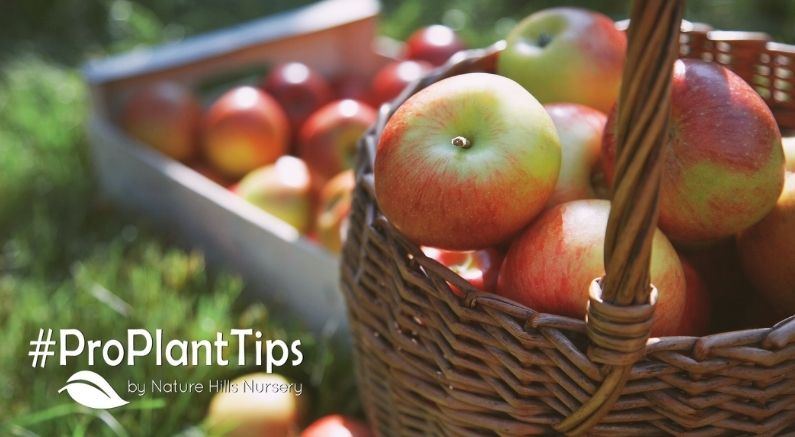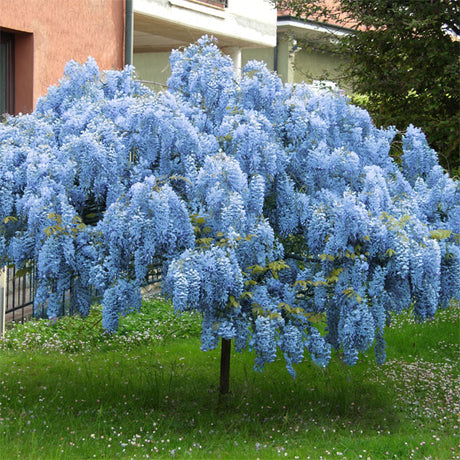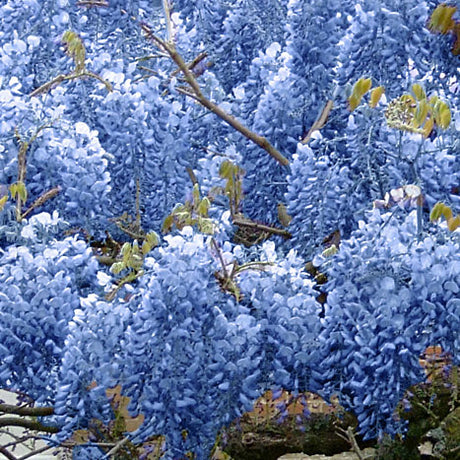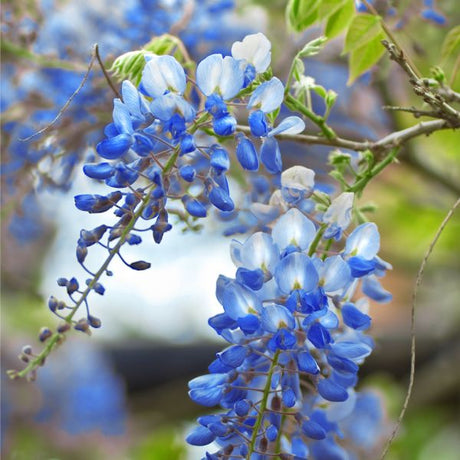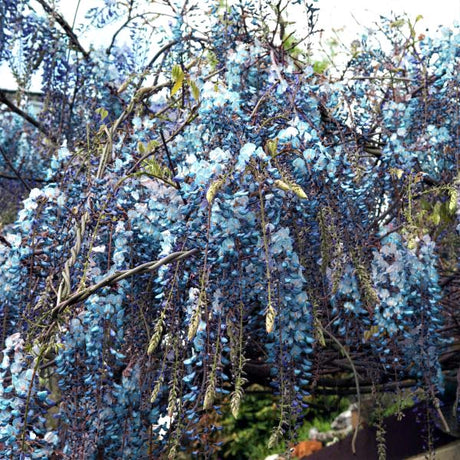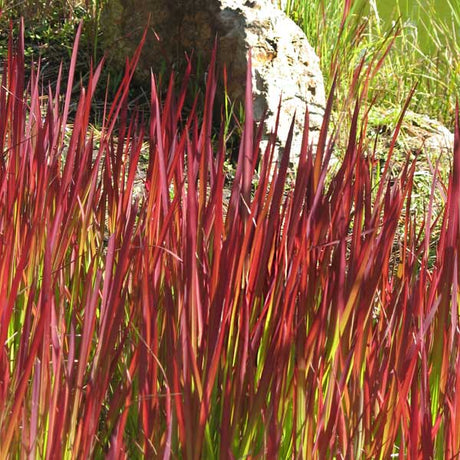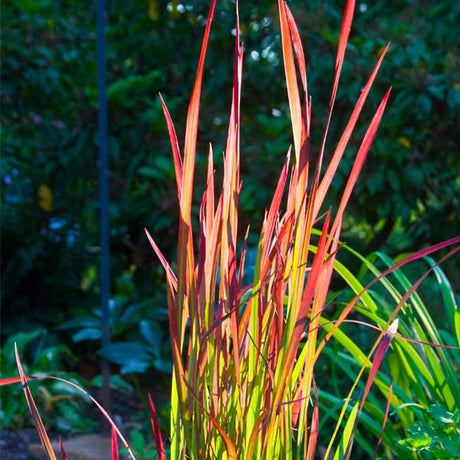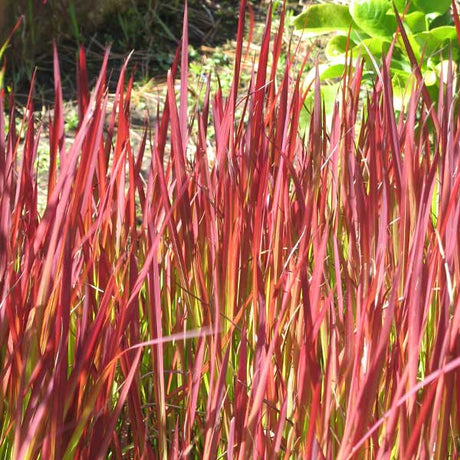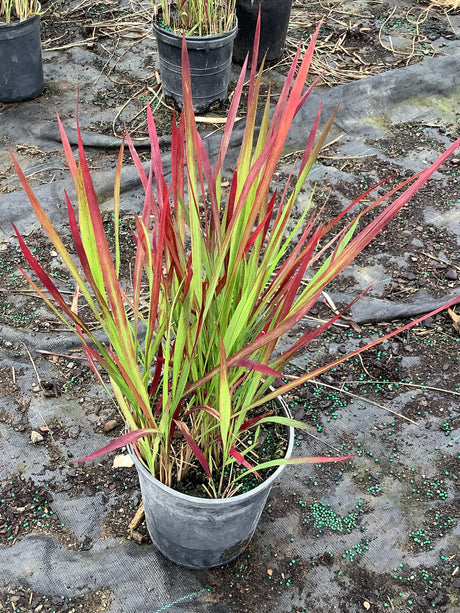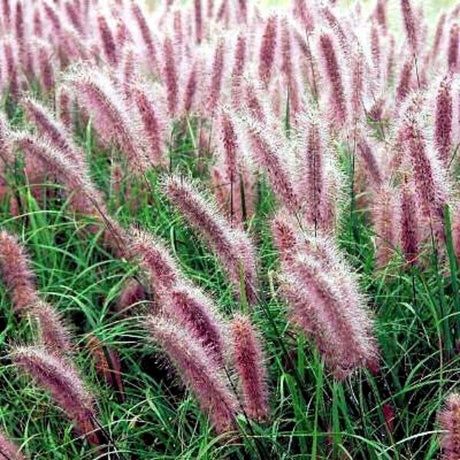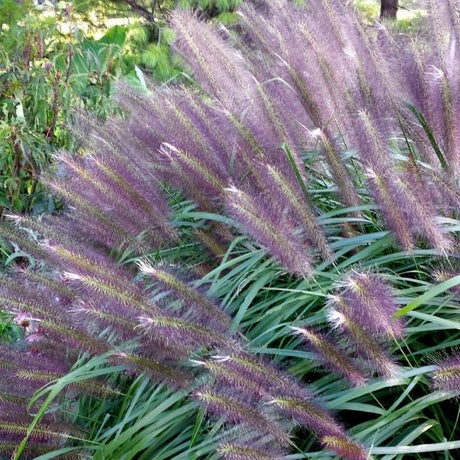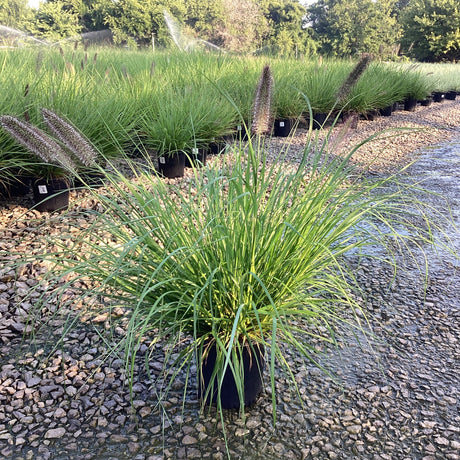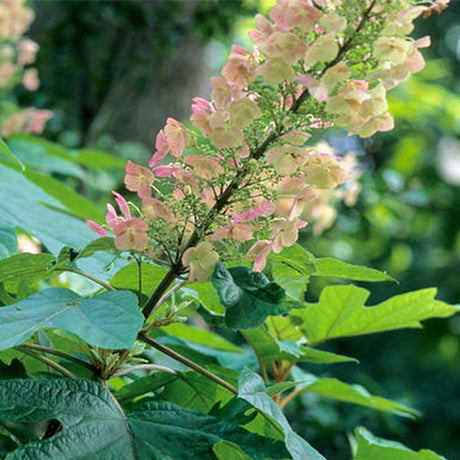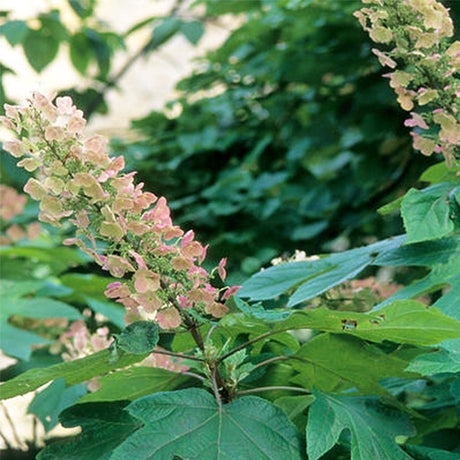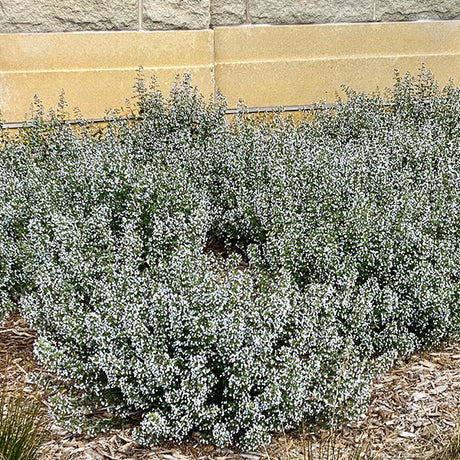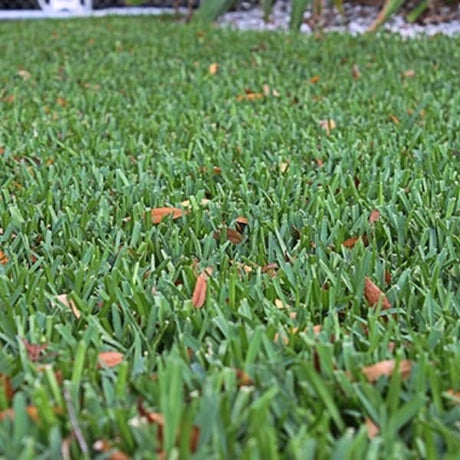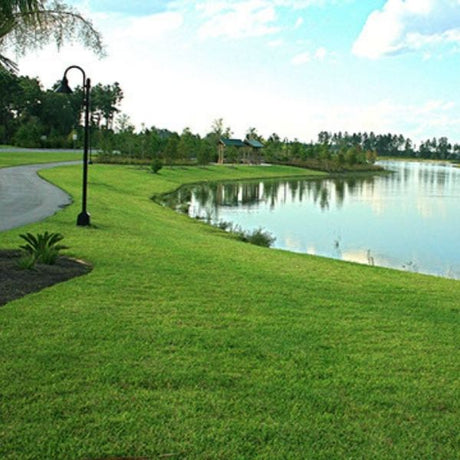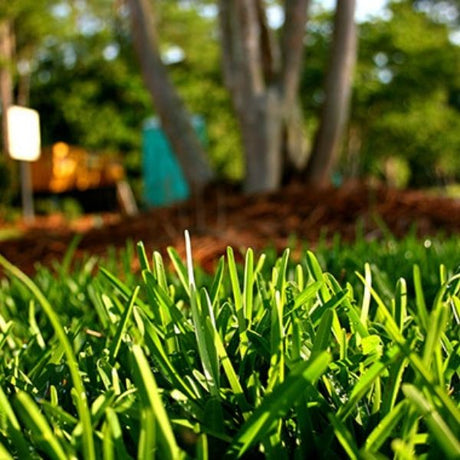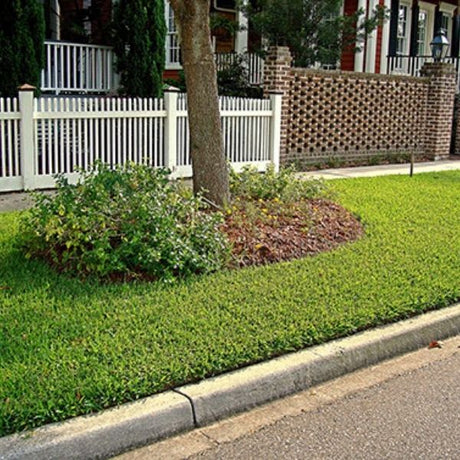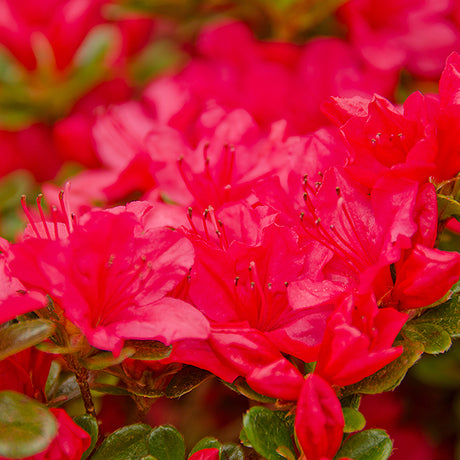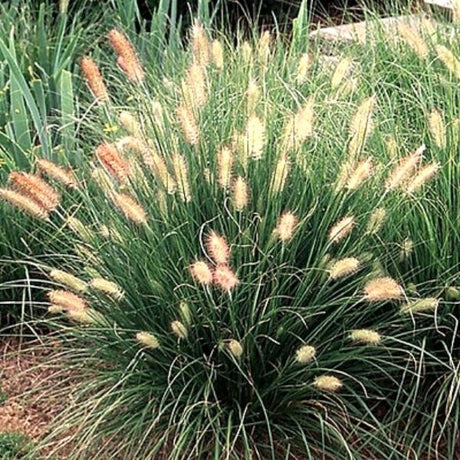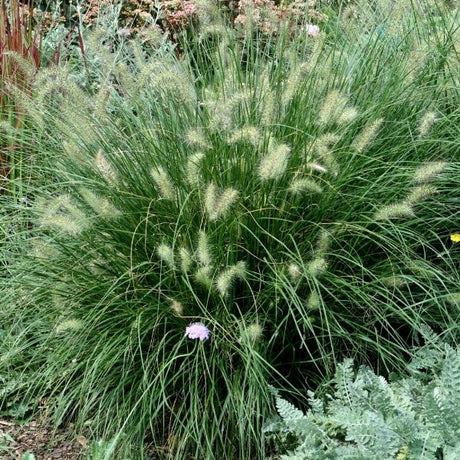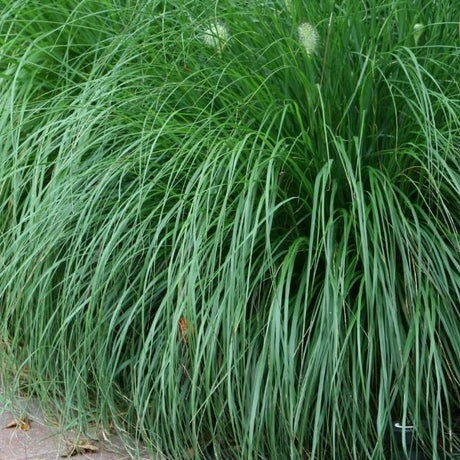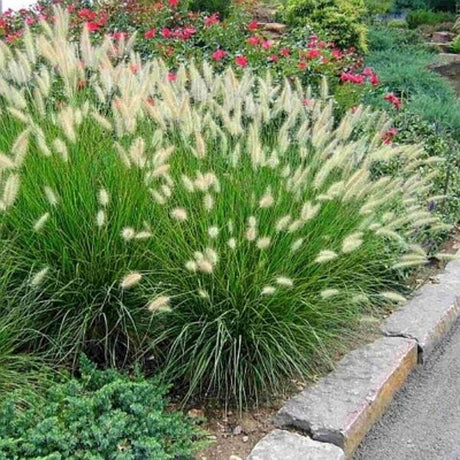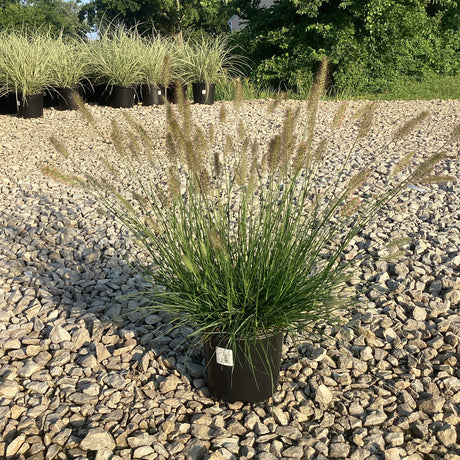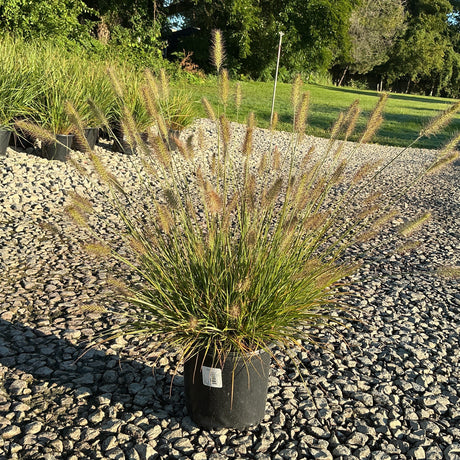Protect Your Crop From Damaging High Winds With These Simple Tips
Growing fruit trees at home has never been more popular! People are loving the idea of having an abundance of super-fresh, homegrown fruit…even in small space gardens.
The Green Industry is meeting the demand by bringing true dwarf trees to market. As well, there are more space-saving fruiting trees being grown on dwarfing rootstock than ever before.
True Dwarf Apple trees from NatureHills.com are precocious, meaning that they start producing fruit at a young age. The plants simply can't support the weight of these full-size apples without risk of tearing apart.
Our growing team highly recommends that you anchor these delightful and productive fruit trees into the soil by permanently staking them. This protects the tree trunk and canopy from breaking in windy weather.
- Quick Background on Dwarfing Rootstock
- Benefits of Staking Your Dwarf Fruit Trees
- Worst Case Scenarios: Uprooting & Rot Via Crowbar Holes
- How To Anchor Dwarf Apple Trees
- Dwarf Apple Tree Selection Guide
- "Should I Stake All My Trees?"
- Tree "Must-Haves" For Long-Term Success
Quick Background on Dwarfing Rootstock
To achieve the small size and delicious flavor of your favorite Dwarf Apple cultivar, professional growers use age-old grafting techniques. These performance goals include:
- Consistent Flavor
- Natural Size Control to 8 - 10 Feet (can be kept even shorter with summer pruning)
- Faster Time to Fruit
- Disease and Pest Resistance
Most "brand-name" Apple trees are composed of two parts. A clonal fruit scion is grafted to modern rootstock at the nursery to produce high-quality fruit at an earlier age.
Dwarfing rootstocks help keep your fruit trees small, healthy and provide many growing advantages, including: cold-hardiness and disease resistance. But with their smaller root systems, small fruit trees do require life-long support, especially in exposed areas.

Benefits of Staking Your Dwarf Fruit Trees
Dwarf fruit trees benefit from permanent staking. This is especially true if you will be planting in an open area that is exposed to wind.
Beyond Apples, other dwarf trees can be staked for full production without fear of breaking. Apple and Cherry and even Pear trees that are trained to a central leader can be staked long-term.
Most semi-dwarf fruit trees may require only a year or two of support. However, Dwarf Apples should be fitted with a permanent anchoring system to stand up to high winds.
Heavy rain is another reason to stake your Dwarf Apple trees. Root systems become unstable in soft soil, and you'd hate to have your fruit-laden little tree topple over!
Planting your tree with stakes is an inexpensive insurance policy against crop failure. We also recommend that you include the symbiotic Nature Hills Root Booster during planting life-long support of all your fruit trees and bushes!
Please note that pruned espalier fruit trees that are trained to grow flat will gain enough support from the wall and the framing. This ancient technique looks incredible and makes for an easy harvest.
Worst Case Scenarios: Uprooting & Rot Via Crowbar Holes
True dwarf Apple trees produce full-size fruit at a younger age than those grafted to semi-dwarf or standard rootstock. Even though you'll prune to establish scaffolding branches and open up the canopy to sunlight and air circulation, trouble can occur.
Without permanent staking, Apple scions grafted on dwarfing rootstocks can struggle under the heavy weight of their fruit harvest. Without staking, the graft union is also vulnerable to breaking, which destroys your tree.
The tradeoff of convenient size is the need to support the relatively shallow and brittle dwarfed root system. A full canopy of leaves can also catch stiff winds and rock these tiny trees back and forth.
Over time, this shifting sway can cause a gap between the Dwarf Apple tree trunk and the surrounding soil. Called "crowbar holes", they capture rainwater and cause trunk rot…be sure to avoid the sway with permanent stakes!
How To Anchor Dwarf Apple Trees

Take your cues from professional orchard management best practices. Drive a sturdy, secure wooden stake into the ground 18 - 24 inches deep.
Remember, all fruit trees can be pruned in summer for size control. Ensure the top of the stake is two feet taller than the ultimate height of your mature tree!
Use a 6 - 8 foot wooden post or T-post at the side of the tree. Many Agriculture Extension offices recommend using a longer piece of electric conduit to support the desired mature height.
Use non-girdling or flexible ties against the main trunk to avoid rubbing and damage in wind. People use a variety of materials, including sections of garden hose or folded cardboard between the trunk and tie.
Check the ties regularly to avoid damage to the trunk and replace as needed. Include a six-inch diameter circle of metal landscape cloth around the trunk for protection against hungry mice and voles.
Dwarf Apple Tree Selection Guide

Goldrush® Apple
Known as a wonderful keeping apple, Goldrush Apples last for months in storage. You'll be delighted how these late-season, golden treats sweeten up over winter. A good "all arounder" for home growers.
Honeycrisp Apple

One of the world's favorite fresh eating apples, late-season Honeycrisp Apples are so juicy and sweet. Cold-hardy and extremely popular cultivar pleases even the pickiest kids!
Red Fuji Apple

Large, crunchy, crisp and sweet, this colorful cousin of Fuji Apple is great fresh and in salads. Red Fuji Apples are late-season treats that hold their shape well in baking…make your own pies, crisps and cobblers!
Buckeye® Gala Apple

Convenient single picking makes Buckeye Gala Apple a clear contender for smaller orchards. Delicious, well-balanced flavor and firm texture holds up to juicing, baking and storage.
Cardinal Cortland Apple

These beautiful apples resist browning when sliced…perfect fresh or in salads! Cardinal is a desirable strain of self-fertile Cortland Apples and can be used for ciders, pies and freezing.
Columnar Apple Trees

With a slim, narrow profile, Columnar fruit trees from NatureHills.com make an excellent addition to the backyard orchard. Some even choose to use them for an Edible Landscape hedgerow that bears fruit.
Stake these slender fruiting trees as you would Dwarf Apples. This protects the trunk from damage and helps support the weight of the full-size fruit.
"Should I Stake All My Trees?"
The short answer is…yes, at least for the first year! Staking new trees helps keep the trunk straight and allows the roots to get firmly established in your landscape.
In most cases, you must remove the stake as soon as the root system is established in the soil. Research proves that standard-sized and semi-dwarf trees grow stronger when they can move in the wind.
Bare root trees benefit from staking. Let the root system play catch up to grow established in your soil the first year.

